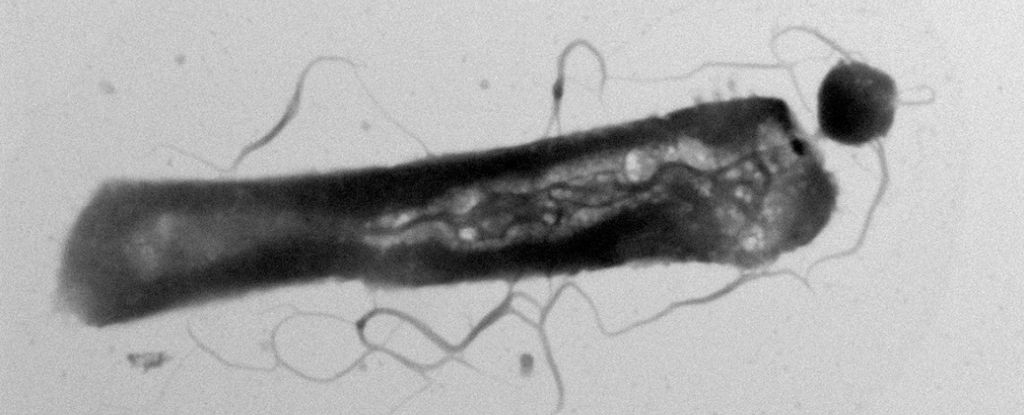Electronics, Vol. 13, Pages 1448: Synchronous Control of High-Speed Train Lift Wing Angle of Attack Drive System Based on Chaotic Particle Swarm Optimization and Linear Auto-Disturbance Resistant Controller
Electronics doi: 10.3390/electronics13081448
Authors: Shu Cheng Xuan Liu Chengqiang Wang
In this study, a control scheme is proposed based on Chaotic Particle Swarm Optimization (CPSO) to enhance the Linear Auto-Disturbance Rejection Controller (LADRC). The focus is on addressing the challenge of high-precision variations in angle-of-attack through dual-motor cooperative control within the lifting wing of a high-speed train. The scheme initiates with the design of a dual-loop structure for LADRC, integrating position and current control. The position loop is further refined. Subsequently, the CPSO algorithm is employed to optimize the parameters of the LADRC controller. Ultimately, the loop is closed by feeding back the position error in the cross-coupled structure to the current loop, thereby achieving high-precision control. The performance of the proposed structure is validated through both Matlab/Simulink simulations and an experimental platform. The experimental results demonstrate that CPSO-LADRC, in comparison to traditional LADRC and Proportion-Integration-Differentiation (PID) control, exhibits an increase in the maximum response time by 3.76 s and 3.3 s, respectively, a reduction in overshoot by 1.12% and 0.8%, as well as a decrease in the maximum synchronization error by 0.45 cm and 1 cm, respectively. These findings validate the effectiveness of the proposed synchronous loop controller method in simplifying computational complexity, enhancing system responsiveness, robustness, and synchronization performance. Additionally, our approach facilitates precise angle-of-attack transformation for the lifting wings of high-speed trains effectively.

 3 weeks ago
18
3 weeks ago
18

